Can luxury brands be sustainable?
The luxury market is in flux. What was once a niche market with a specific target audience is now fragmented, with a customer who has growing expectations from the brands they shop from.
Top on the list for high-end consumers? Saving the planet and buying in line with a global good. The three pillars of sustainability are economic, social, and environmental. Luxury brands have to radically rethink the way they preach ‘going green’, especially as the European Union has called for a ban on greenwashing.
By 2025, Millennials are predicted to make up more than 50% of the luxury market. Millennials and GenZ will increasingly buy from brands that take a stance on issues they care about. This may seem at odds with the luxury market.
After all, these are brands that notoriously attract the 1%. And, according to The BBC, it's the richest people in the world who are responsible for double the greenhouse gas emissions globally.
Forbes suggests that luxury spenders naturally “reject social harmony”, making a sustainable ethos an even harder bargain. In our own research into luxury consumer behavior, we’ve found that luxury shoppers will place independence and standing out above contributing to a communal good.
What does this mean when making luxury and sustainability bedfellows? Does this stunt the relationship? Or maybe there’s something else at work with the opportunity to catalyze the relationship from foe to friend.
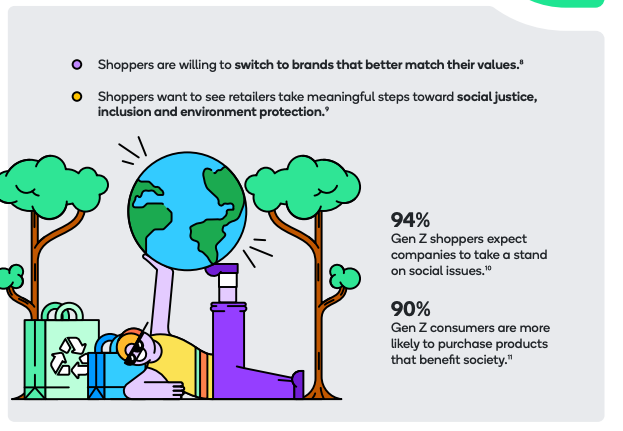
Source
Luxury products are set up for sustainability
The crux of sustainable fashion products is their lasting nature. Disposing of clothes is usually a symptom of low-quality, fast fashion items. 51.7% of fashion waste ends up in landfills.

Cartier ad
Luxury products are fundamentally durable. With a focus on high-quality materials, luxury products are set up to last longer than the average product, requiring less need for incineration and textile waste.
Moreover, luxury brands rely on both the exclusivity and rarity of what they sell. By purposefully saturating the market with limited products they can adhere to less-is-more rhetoric without compromising their brand image.
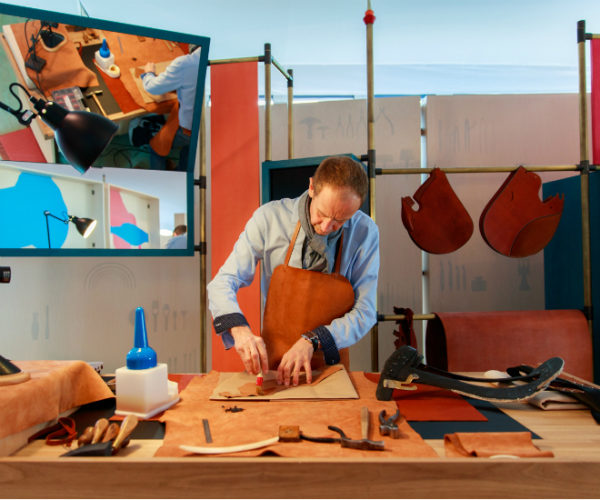
Hermes’ Hors Les Murs exhibition
But beyond their product offering, luxury brands have always sold on lifestyle and experience rather than pure attributes or craftsmanship (it’s more the story behind the craft that drives the luxury offering). This is supported by Atwal in his paper aptly subtitled, ‘the experience is everything!’.
To conclude the rhetoric, luxury brands have access to more resources that allow them to invest in both design innovation and socio-economic projects. You see this in Cartier’s Cartier Philanthropy branch.
Luxury brands also have the resources to connect with sustainable partners and innovate how they craft their products in both an exclusive and eco-centric way.
In short, luxury brands can make bold statements. They have a combination of heritage and resources to make statements about sustainability that are authentic and can be followed through.
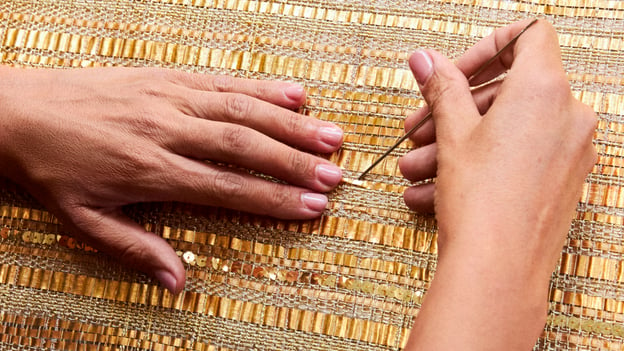
How Chanel is preserving ancient crafts and supporting their artisans
Sustainability is the luxury consumers can afford
When thinking about consumer behavior and how luxury and sustainability connect, Crobox’s behavioral psychologist has recruited the help of Maslov’s Hierarchy of Needs.

Source
Luxury shoppers will buy into the luxury lifestyle to:
- Signal to other luxury connoisseurs their wealth and status
- Achieve a sense of self-worth and recognition
- Get one step closer to their ideal self
The same impulses are what drive many high-end consumers to shop sustainably. Consumers want to signal to other shoppers that they care about the environment.
Buying sustainably will help get them closer to going more green on all fronts.
And achieving an ideal self who is zero-waste, eco-friendly, and consumes in a circular way is something that marks the best kinds of individuals (influencers, celebrities, authority figures).
Both buying luxury goods and sustainable goods are modes for self-actualization. In many cases, caring for the planet is a luxury only the wealthy can participate in.
Of course, these are some pretty big psychological theories. To learn about them in-depth, download our State of Luxury report at the end of this article. Or check out our Luxury Nudging Workshop slides for more.
Luxury and sustainability can go hand-in-hand. The psychological impulses are very similar, and luxury brands have the bandwidth to authentically participate in a circular economy. Where this is a possibility, these are the brands doing it right.
Luxury sustainability: 5 brands that win
See the sustainability rating for Zero Waste Daniel on Good on you! A good website to that rates the ‘real’ sustainability of brands.
According to this fashion brand, more than 70 pounds of textiles per US citizen are going into landfills annually.
Zero Waste Daniel promotes a regenerative economy with its upcycled products. And it does so by being self-aware that sustainability is a signal to others. 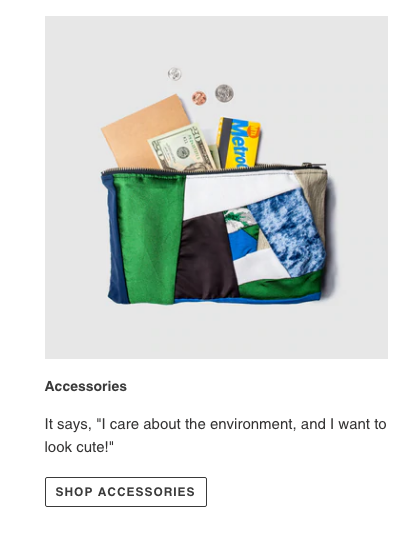
This is a sweet spot for luxury and sustainability to intersect – signaling to others the individual cares about the environment and is willing to spend more to show it.
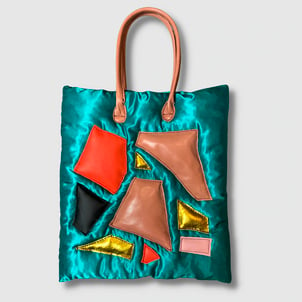
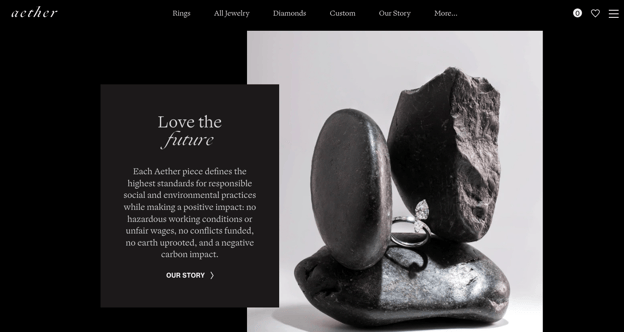
The diamond industry is notoriously damaging to the environment across all three sustainability pillars. ‘Blood diamonds’ refers to the practice of diamond mining that has caused land devastation, black market trading, and civil unrest.
For luxury products, rarity often means finding unsustainable ways of getting those rare crafts. Aether Diamonds challenges this by creating diamonds made from the air (carbon).
In doing so, they reinvent the supply chain from manufacturing to distribution, instead keeping everything localized and circular.
Luxury shoppers still subscribe to these products because of their intensive creation process. The webshop still offers customization, too, another big offer that will keep luxury shoppers engaged – both to the brand and to each other.

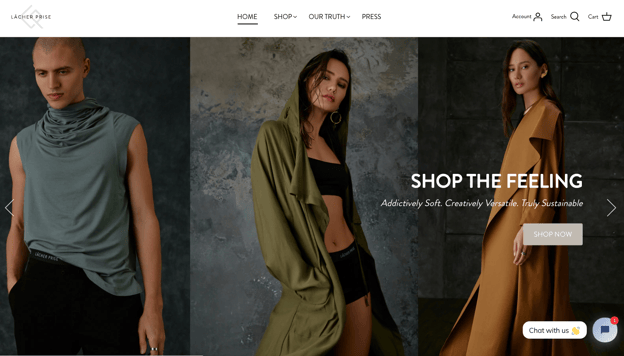
Real supply chain reinvention means looking holistically at every moving part that goes into making a product. Lacher Prise recognizes the breadth of this goal – and pinpoints how to be more sustainable across six main categories:
- Transparency
- Emissions
- Water & chemicals
- Materials
- Worker’s rights
- Waste
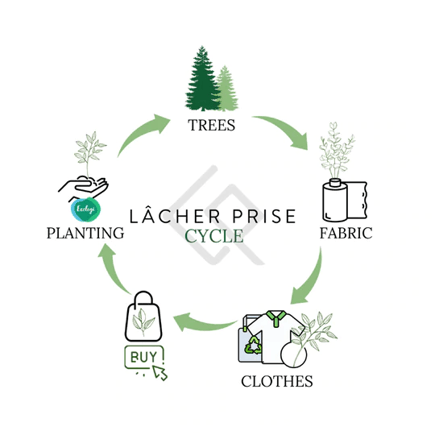
This is a good model to show how the luxury experience can mirror the sustainability cause. Lacher Prise has as their mission to be more ‘conscious’. Which means being conscious about both the people and the planet.
4. Stella McCartney measures and reports on their KPIs
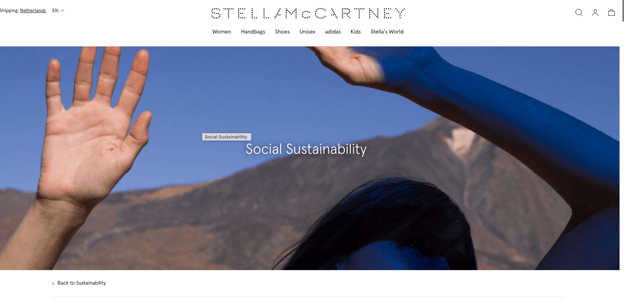
To avoid greenwashing, luxury brands need to invest in real monitoring and evaluation when it comes to their sustainability projects. This stars by taking a long hard look at the existing structures
Stella McCartney has been pioneering luxury sustainability long before it was runway materials for competing brands. They do this through partnerships, and ingraining sustainability into their manifestos and photoshoots (their 2019 Agents of Change campaign features members of the climate activist group Extinction Rebellion).
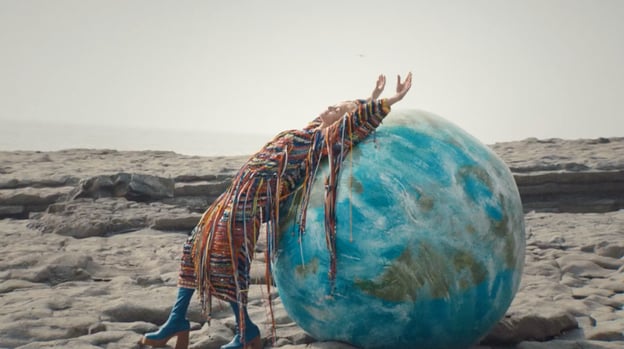
Agents of change
5. Autumn Adeigo empowers local communities and craftsmanship

This luxury brand is completely DTC and designed to empower black, female entrepreneurs (Autumn Adeigo herself is a black entrepreneur and fashion designer living in New York).
Consumers will spot a product they like and wait to have the item custom-made for them, eliminating the traditional waste from a production cycle.
The First Step of the Journey
We collect orders over the fashion season, then produce and ship the garments to our customers reducing environmental impact with a streamlined production schedule. It takes approximately 2-5 weeks before your beautiful garment is made just for you. - (from their website)
From upcycling to empowering local craftsmanship, these brands are redefining retail supply chains, textile waste, and as a result, redefining the luxury experience into a sustainable luxury experience.
This is what it will take to make luxury and sustainability friends over foes: Massive disruption.
Cultivating new ideas and empowering smaller businesses through partnerships or word of mouth. Luxury consumers will continue to shop more sustainably – it’s time the brands they shop from give them a reliable option to do so.
